


Running shoes are the runner's best friend. That's why you should know how to break in your new running shoes properly. It can help you avoid pains early on and might even prolong the life of your favourite trainer; that's all the inspiration you should need to start treating your trainers properly!
I know I’m not the only runner who would seriously sleep with my favourite trainers on my pillow if only I could get the mud off them. Sometimes it almost feels painful trying out new shoes, when they look so lovely in the box. We buy them though to run in, not to look at, so how do we get the most out of them, especially in those early miles?
By breaking them in slowly so they remain responsive and comfortable mile after mile. The chances of buying robust shoes that can last 1,000 miles are some way off, and brands wouldn’t want us to hold on to them for that long anyway, so after approximately 400 miles of training, you’re going to have to change your trainers. How can you tell when the time is right?
Looking for new running shoes? Check out T3's best running shoes, best women's running shoes and best Nike running shoes guides for inspiration.
Also, check out these 10 running motivation tips to help you get started, the 9 best strength training exercises for runners and find out what's the difference between running vs rowing.
How to break in running shoes: Try before you buy
When you're buying new running shoes, what is the best ways to make sure that they are going to work for you, the specific shape of your foot and your own personal running style, known as your gait?
The answer: A visit to a local specialist running shop.
Sign up to the T3 newsletter for smarter living straight to your inbox
Get all the latest news, reviews, deals and buying guides on gorgeous tech, home and active products from the T3 experts
They will analyse your gait by watching or filming you on a treadmill or running outside. Your gait analysis will lead to several suggestions of different shoes, either neutral or support (for those who pronate, where your ankles roll inwards as your feet hit the ground).
If you try on a pair of suggested trainers and they don’t feel right, try others until you find a better fit. Getting a proper fit must be number one on your list; most runners will also go up at least a half size, if not full size, from their normal shoes to give your feet the chance to expand when they get hot.
Get used to the feel
When you’ve purchased your new shoes, rather than racing home to see whether they will give you a 10K PB, put them on and walk around the house as you go about your day. Do this for one or two days, giving your feet the chance to get used to them.
This not only helps you get a feel of what they're like, but which socks work best for the shoes. Shoes with low heel collars tend to ‘eat’ trainer socks, and it’s always better to find this out before you run.
If it’s an option, do your first run on a treadmill, so that the new shoes don’t get dirty. This should help if you decide to return them to a shop or online store, though most brands are happy to give you anywhere up to several months to decide if their shoes are right for you.
Walking around in your new trainers also gives a good feel of any potential hot spots, such as on the inner and outer metatarsals on the wide-area of the balls of your feet. Wear your new shoes at different times of the day as they may swell as they get warmer.
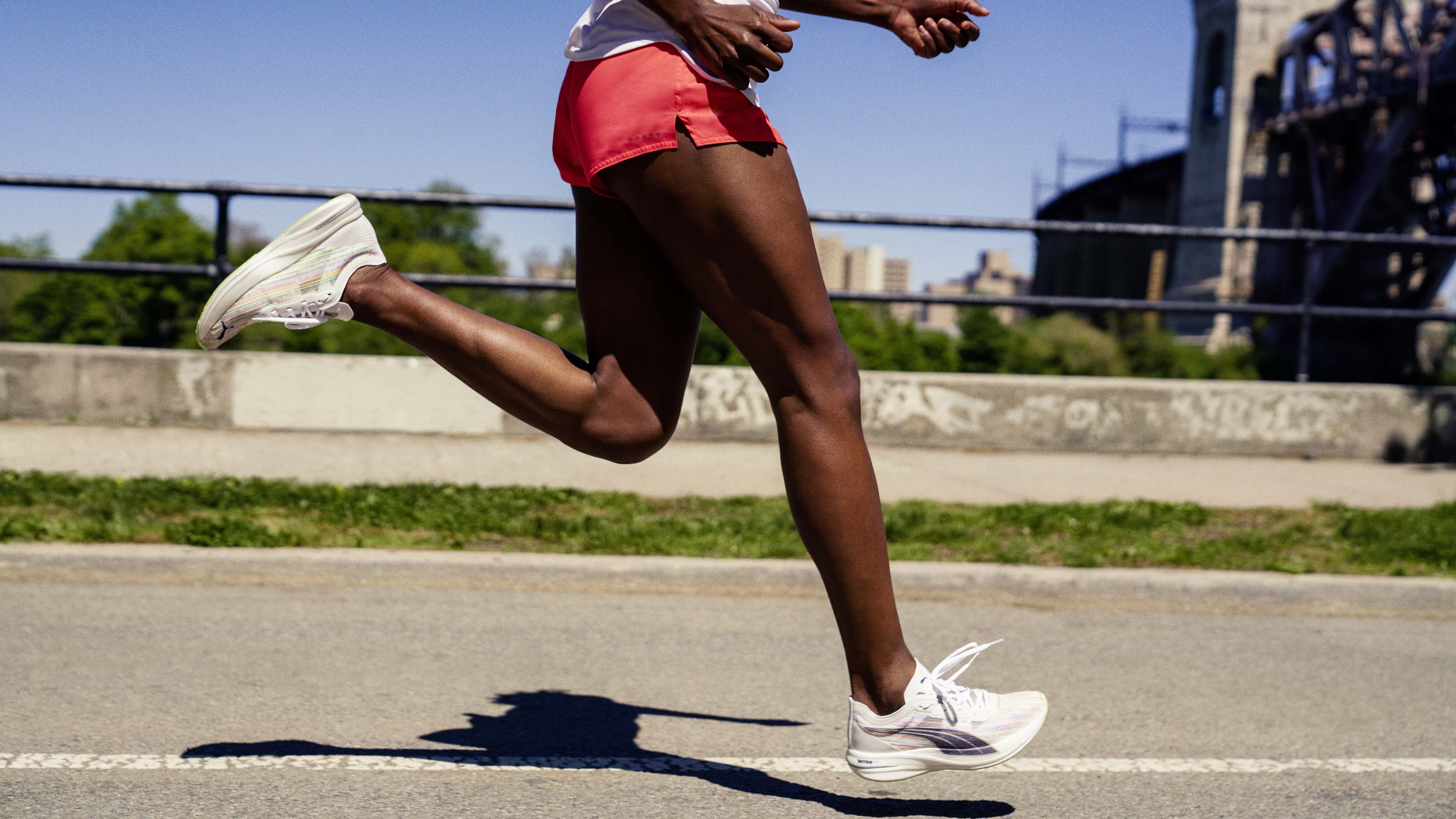
Easy miles
When you’re ready, start out with a gentle jog rather than a speed session and make sure you haven’t planned in a longer run. Don’t go further than 5K for the first few runs, or until you’re 100 per cent you’ve completely broken them in. This will help avoid sudden issues like a blister, and if you do get one you can walk home easily.
Avoid planning an hour drive to your local forest for a weekend trail run until you’re sure your new shoes suit your feet.
Keep your old shoes so that you can rotate them with the new ones over the first few weeks. You’re giving your feet a better chance to adapt to the new shoes without problems, as well as keeping them fresh for longer. Rotating shoes helps reduce injury too, as different shaped shoes distribute more evenly the impact forces you feel every time your feet hit the ground.
Technical running socks will also make your feet happier when you’re breaking in shoes. Wearing slightly thicker socks for the first few runs can help prevent hotspots. Make sure your socks have padded areas in the toes and heels. If you’ve tried all these options and the fit is still niggling at you, consider changing the laces or adding an insole.
Classic expo excitement
One of the biggest mistakes you can make is buying your new shoes at the expo of your race, and then running in them the next day. The potential for misery is worse in longer races, such as marathons, but your feet will not feel great even after running a 5 or 10K race.
You have no guarantee that your feet are completely comfortable in these new shoes, even if they look incredible. It could lead to a lot of blood and pain, so hold back for another race when you've already broken them in.
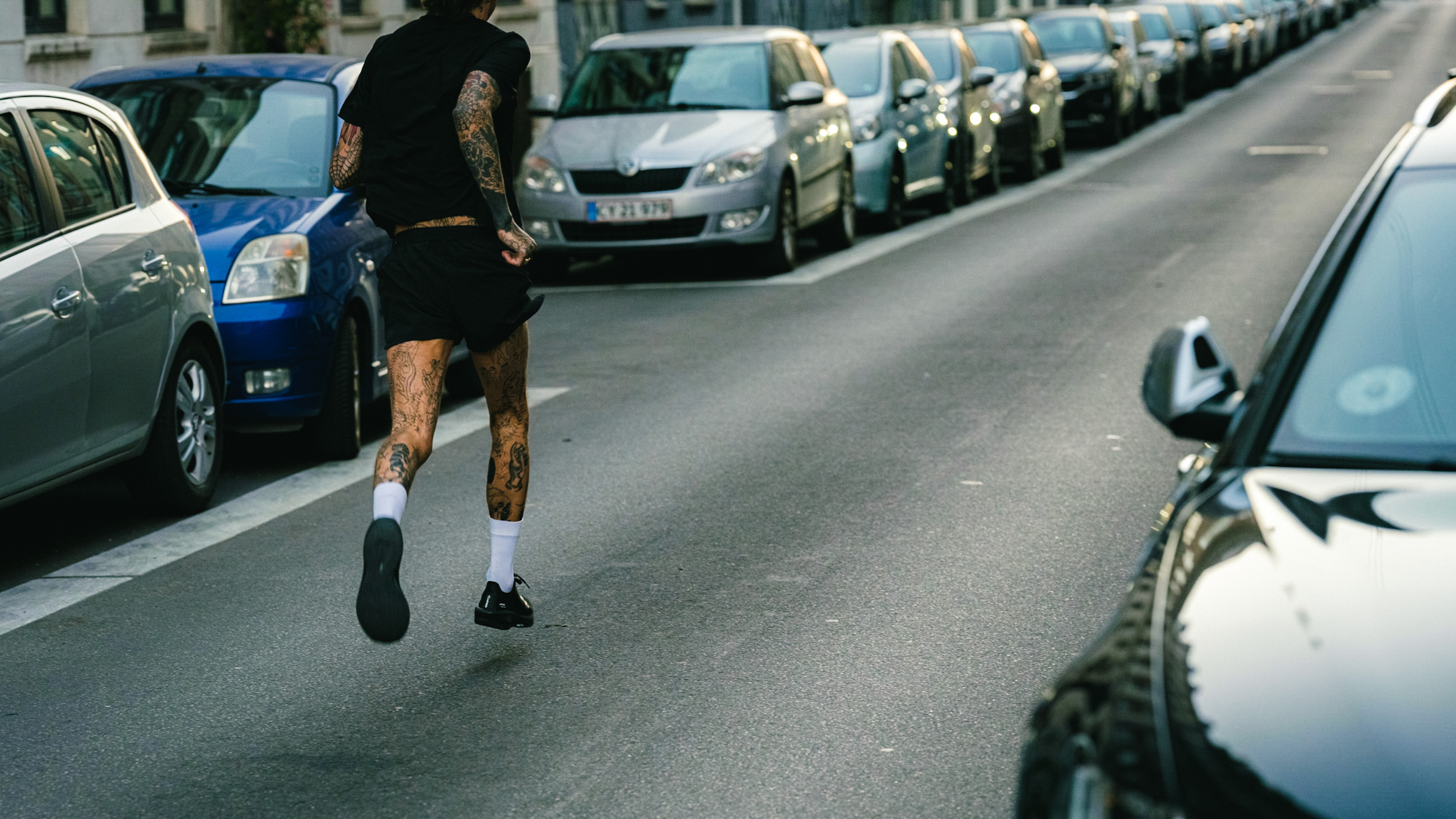
Find your favourites
There are brands that will naturally suit your feet more and when you’ve worked out which ones these are, you’ll find you can go for a run in them straight from the box. You may even find you become so accustomed to a certain model that you can confidently run longer in them brand new – for me, I can do this with several different Hoka models. such as the amazing Hoka Mach 4, as the fit and cushioning feel like it’s made just for me.
Obviously, this is going to be different for every runner, but in time you’ll find the shoes that seem to fit you like a slipper.
Shoes that offer plush models, such as Brooks and Saucony, may be much easier to run in for those first few miles than minimalist racing shoes that are stripped back and offer little support or padding in the upper. Shoes that provide a more ‘luxurious’ ride will probably create fewer issues.
This is something you need to work out for yourself, as every runner is so different. One person’s dream shoes are another runner’s nightmare! It's so individual and if you’re investing a lot of money in only one item of your running wardrobe, you have to get what’s right for you, not what looks best on Instagram.
There’s no doubt that carbon plates, minimalist shoes and barefoot shoes all need a lot longer to break in. If you’ve opted for one of these types of trainers try to run in them for short bursts of easy running for the first few weeks, to allow your feet, Achilles, and calves to adapt to a new way of moving.
The best solution to all these possible issues? Find your dream shoe and keep buying it. The chances are if you’ve found a trainer your feet love, it will be easier to break them in within a couple of runs than an unknown brand.
This feature is part of T3's Get Fit 2022 campaign. We’ll be bringing you a wealth of guides, features, deals and news to help you get healthy, fit and ready for anything the new year can throw at you. Whether you’re a newcomer to fitness or someone with a passion for it, we’ll bring you all the best workouts, diet advice and gear to set you on the right track.
Tina is fitness editor for Women’s Running magazine and published two books in 2020, The Little Book of Zen and Reflexology: Your Personal Guide. She is a UKA running coach, England Athletics Mental Health Champion and has her own running group, #runTLC. Follow her on Instagram @runtlc.uk
-
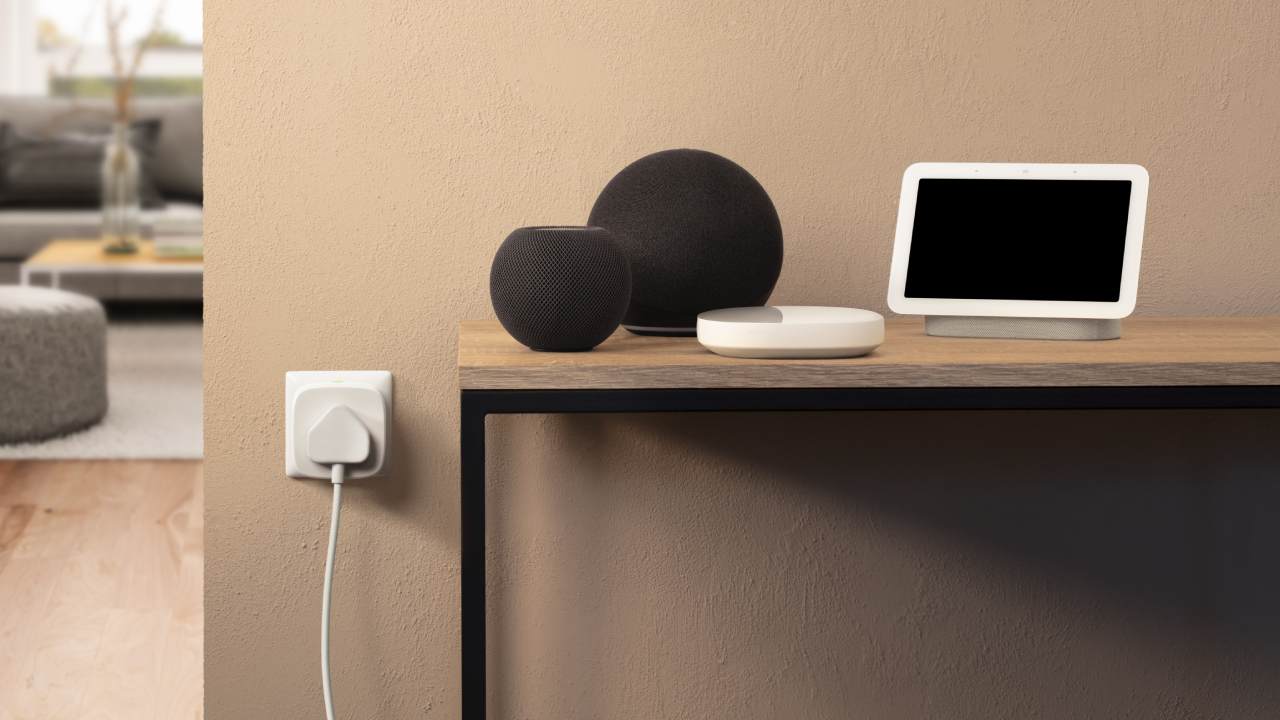 Eve’s smart plug gets impressive Matter upgrades – but I’m most excited about the app
Eve’s smart plug gets impressive Matter upgrades – but I’m most excited about the appEve Energy adds Matter support and an updated Android app
By Bethan Girdler-Maslen
-
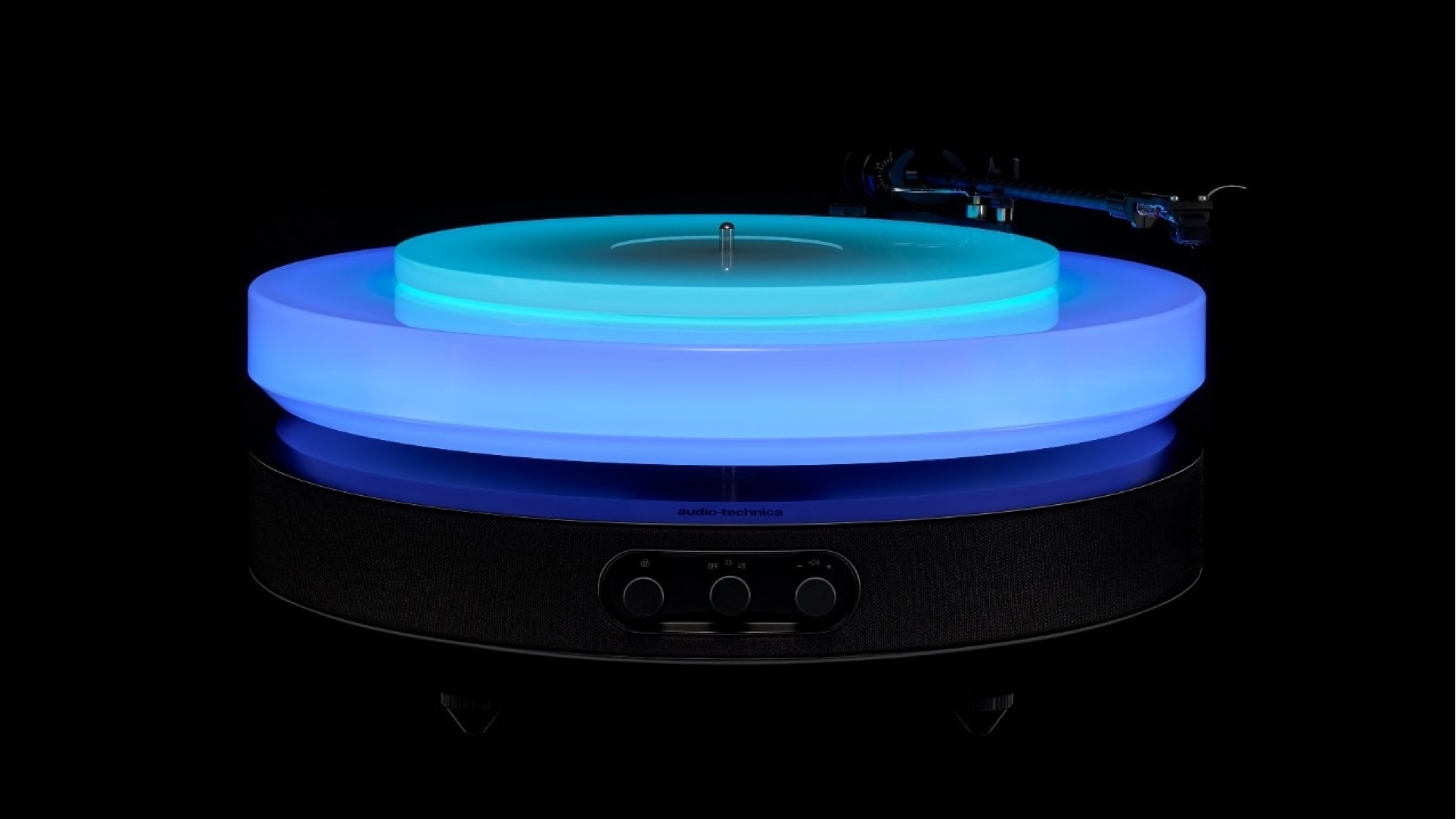 Audio-Technica’s latest luxury turntable will light up your life, and your records
Audio-Technica’s latest luxury turntable will light up your life, and your recordsThis strictly limited turntable is a feast for the eyes as well as the ears
By Carrie Marshall
-
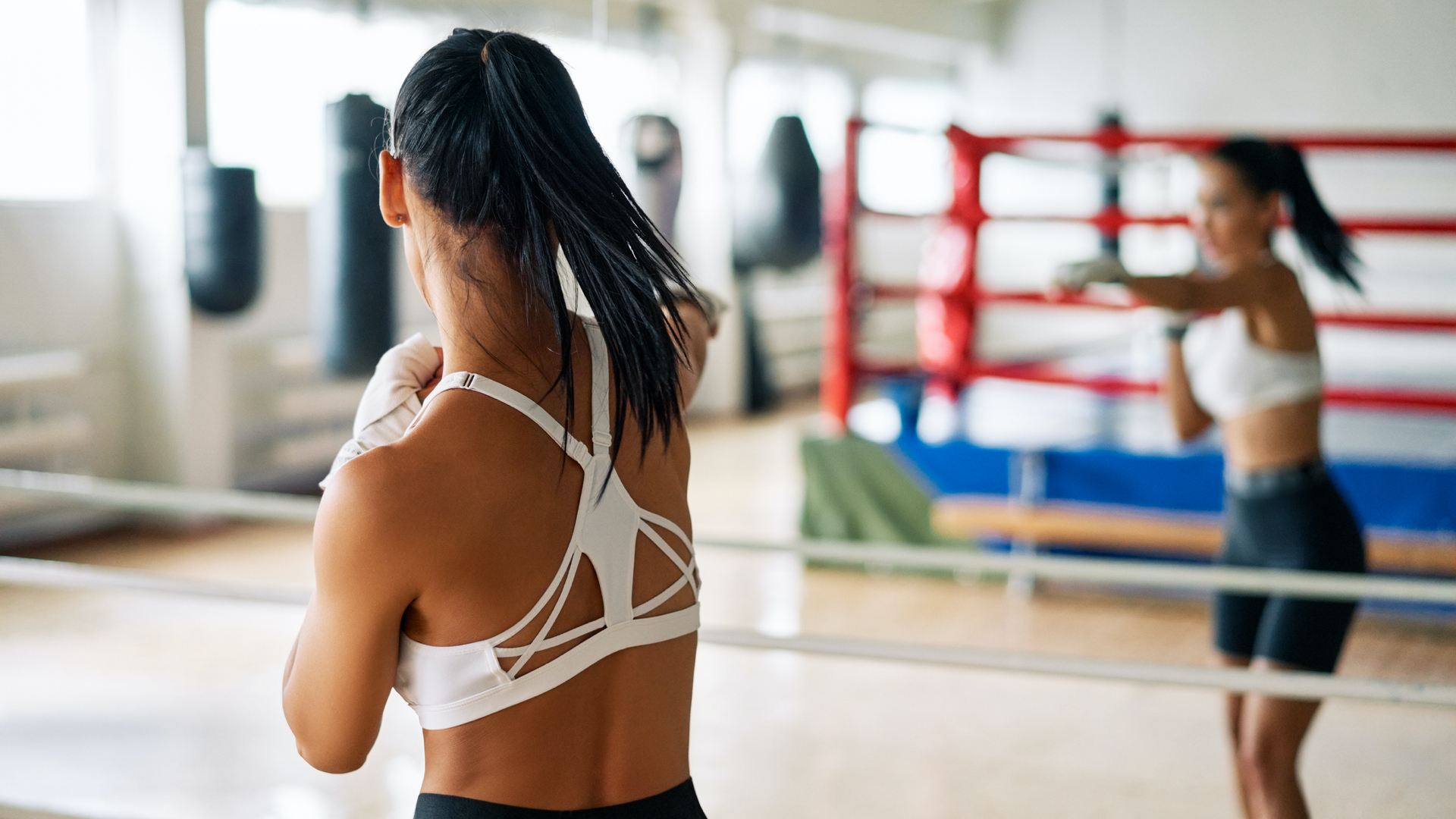 20-minute full-body HIIT workout to burn fat and boost your metabolism
20-minute full-body HIIT workout to burn fat and boost your metabolismYou won't need any equipment for this T3-exclusive “Box ‘n Burn” shadowboxing follow-along workout
By Matt Kollat
-
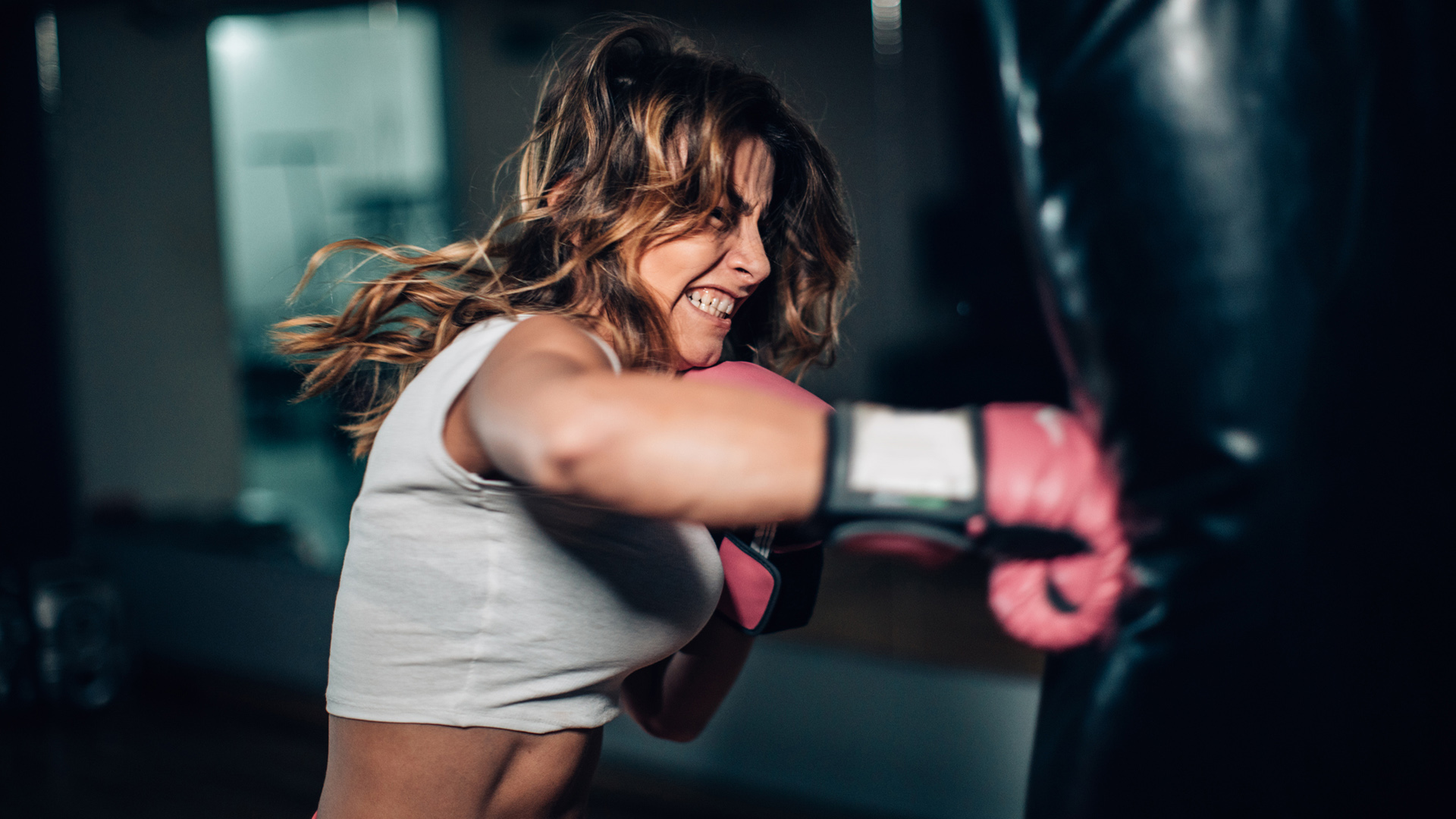
 Reduce stress, get strong and burn fat with this 20-minute punch bag workout
Reduce stress, get strong and burn fat with this 20-minute punch bag workoutRelieve stress and get fit in the process with this follow-along workout from a top boxing coach
By Matt Kollat
-
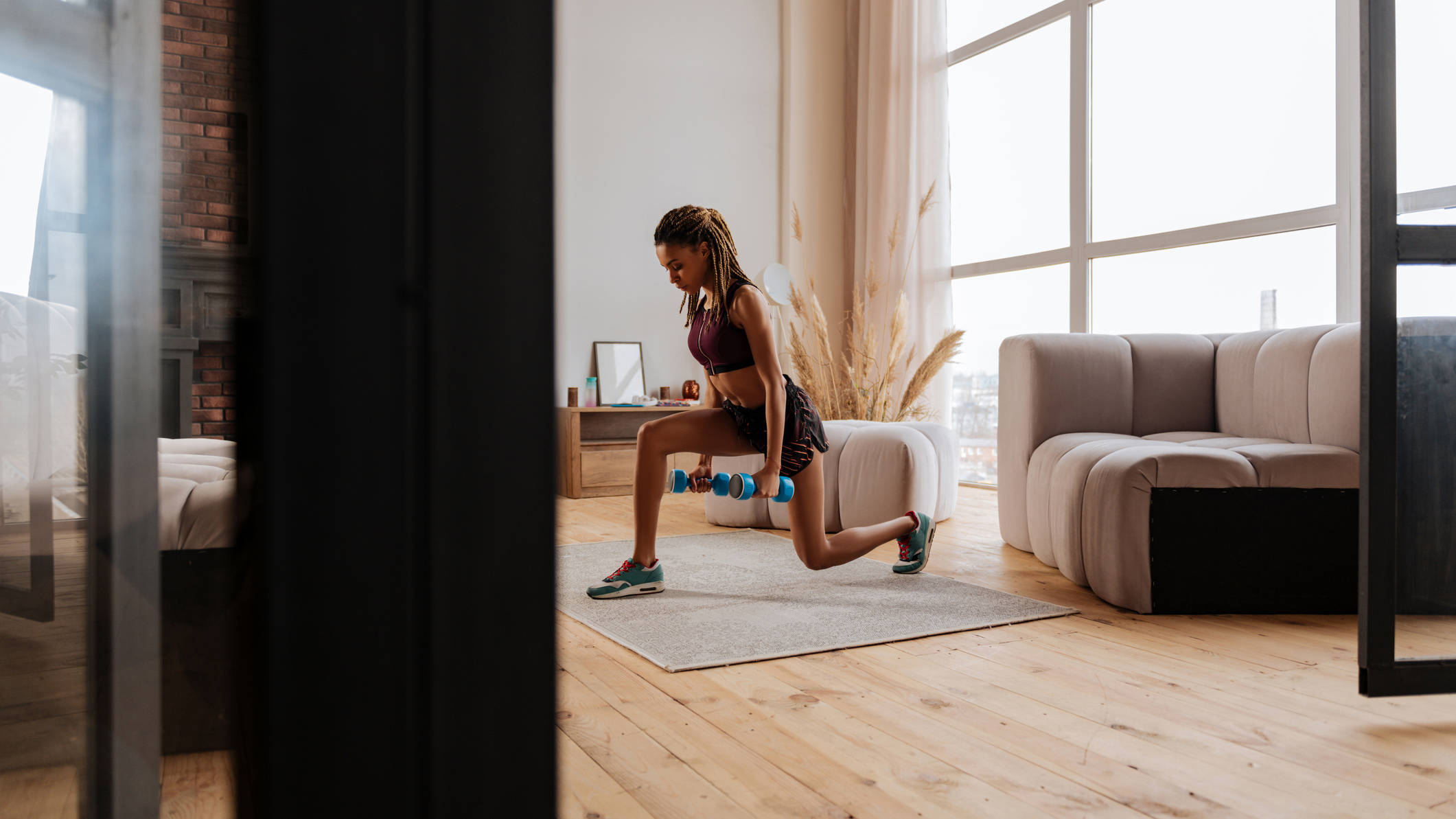
 This home workout combines HIIT and strength training – burn fat and build muscle in 20 minutes
This home workout combines HIIT and strength training – burn fat and build muscle in 20 minutesSlim down at home with this fast-paced dumbbell HIIT workout
By Matt Kollat
-
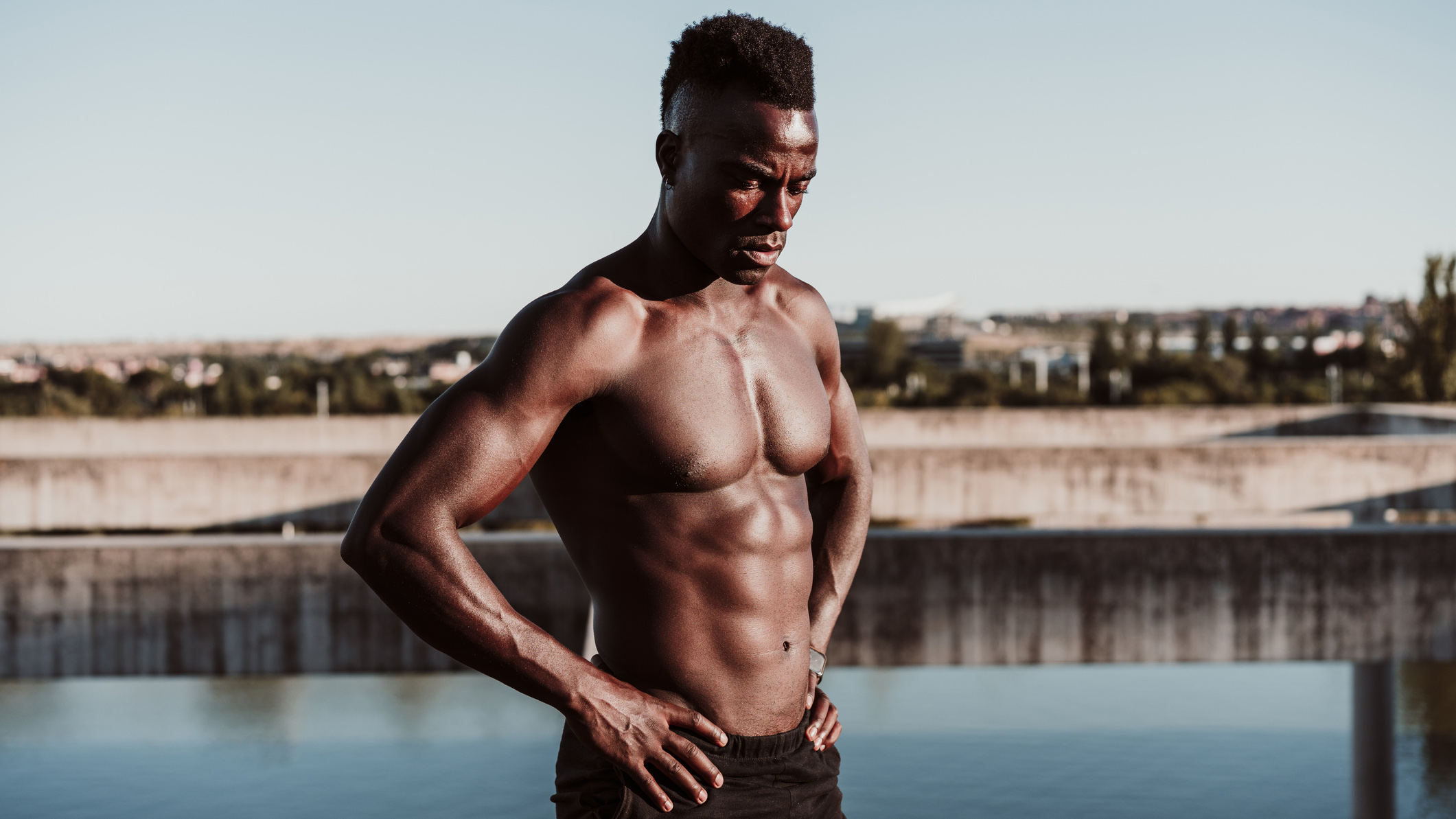
 Try this 2-minute six-pack workout and train the most neglected part of your abs
Try this 2-minute six-pack workout and train the most neglected part of your absFast, efficient and fun; this ab workout has it all!
By Matt Kollat
-
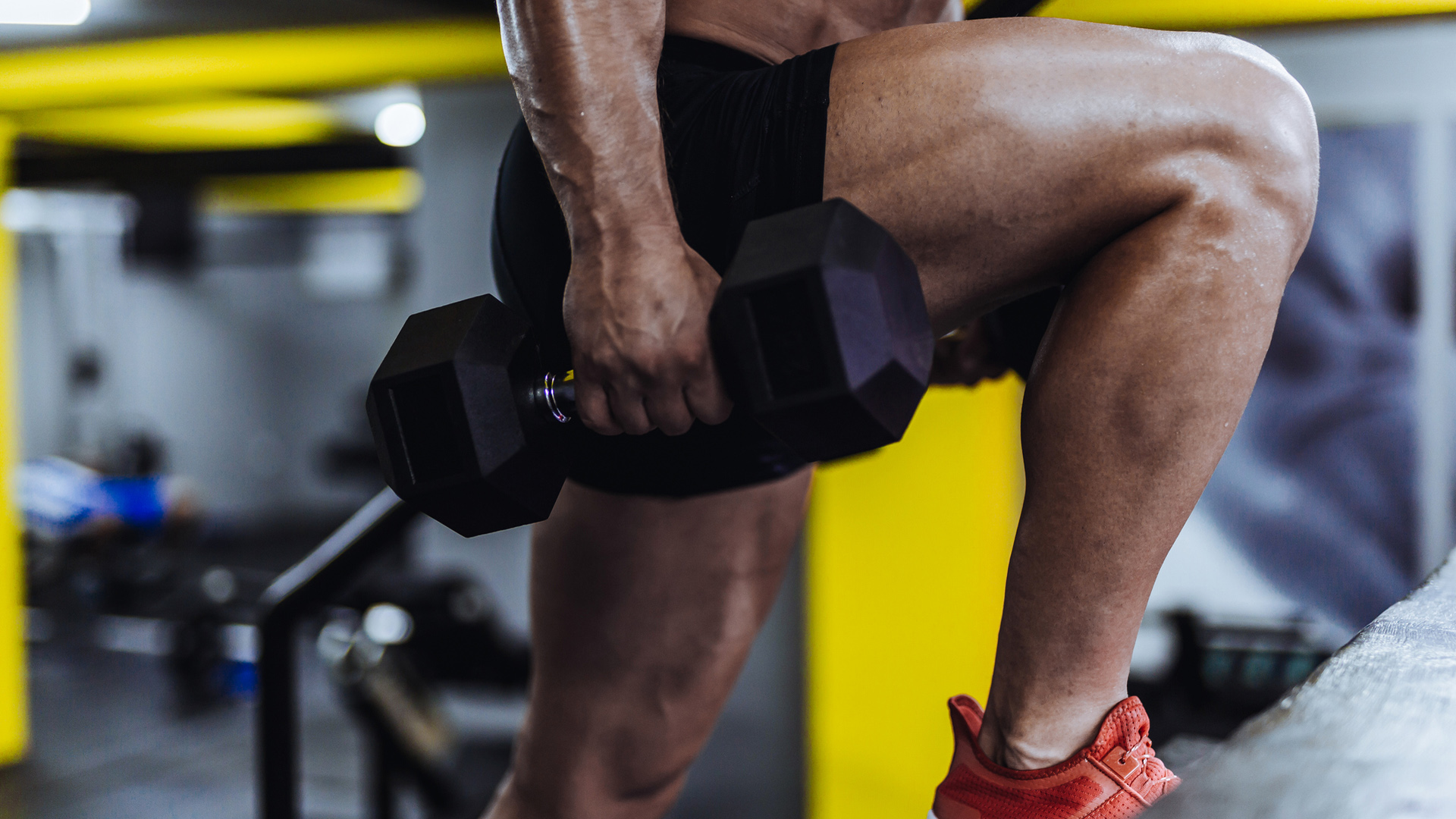
 Work the glutes, quads and calves with this 5-move leg day workout – you'll only need 2 dumbbell
Work the glutes, quads and calves with this 5-move leg day workout – you'll only need 2 dumbbellWork your whole lower body, from glutes to calves, with the smallest home weight
By Matt Kollat
-

 15-minute low-impact full-body workout to burn fat and improve metabolism
15-minute low-impact full-body workout to burn fat and improve metabolismYour body (and two chairs) is the only equipment you'll need for this workout
By Matt Kollat
-
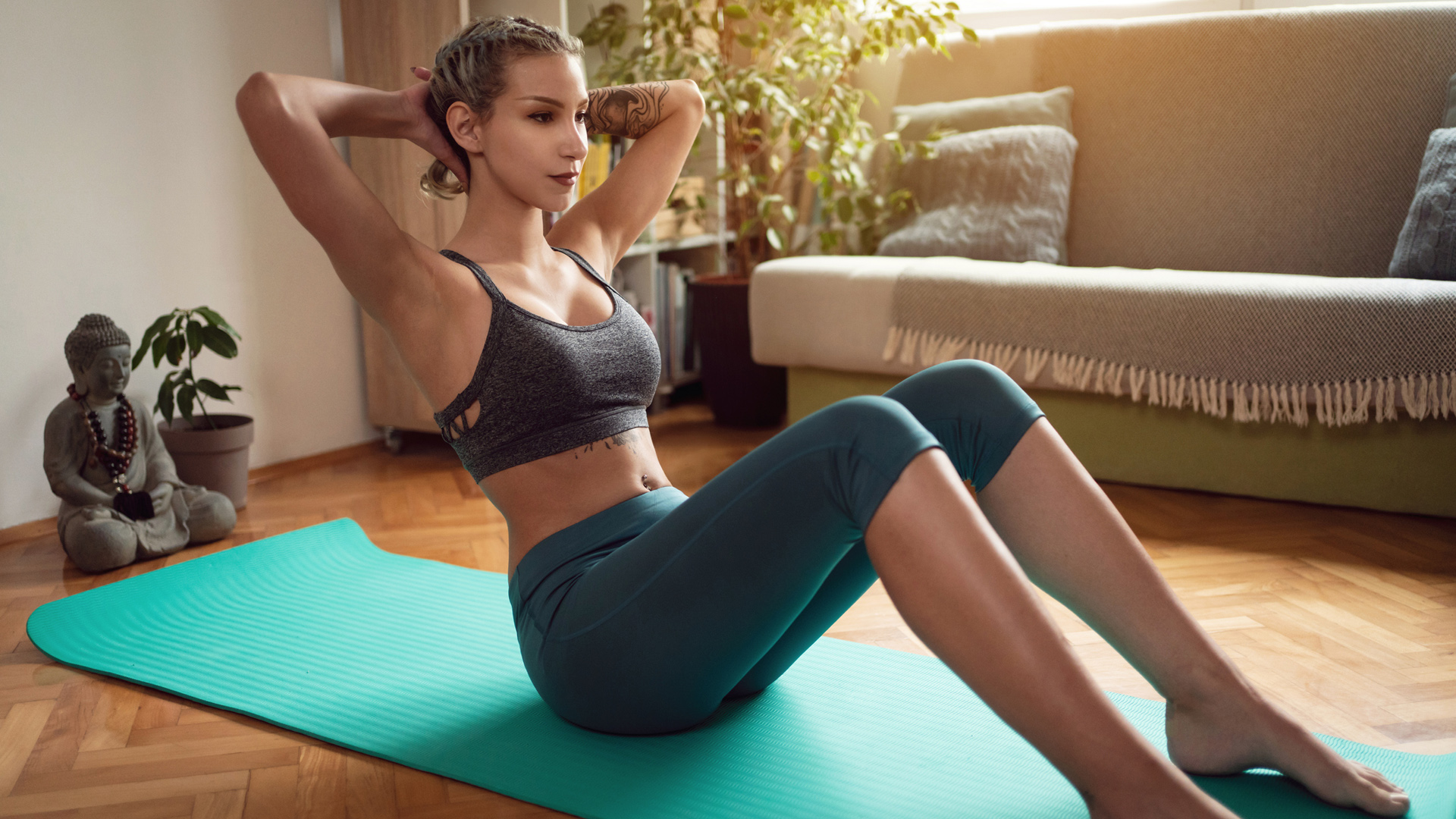
 Sculpt six-pack abs with this quick 4-move core workout – no equipment required
Sculpt six-pack abs with this quick 4-move core workout – no equipment requiredGet your abs ready for this fast and furious core workout – no equipment required!
By Matt Kollat
-
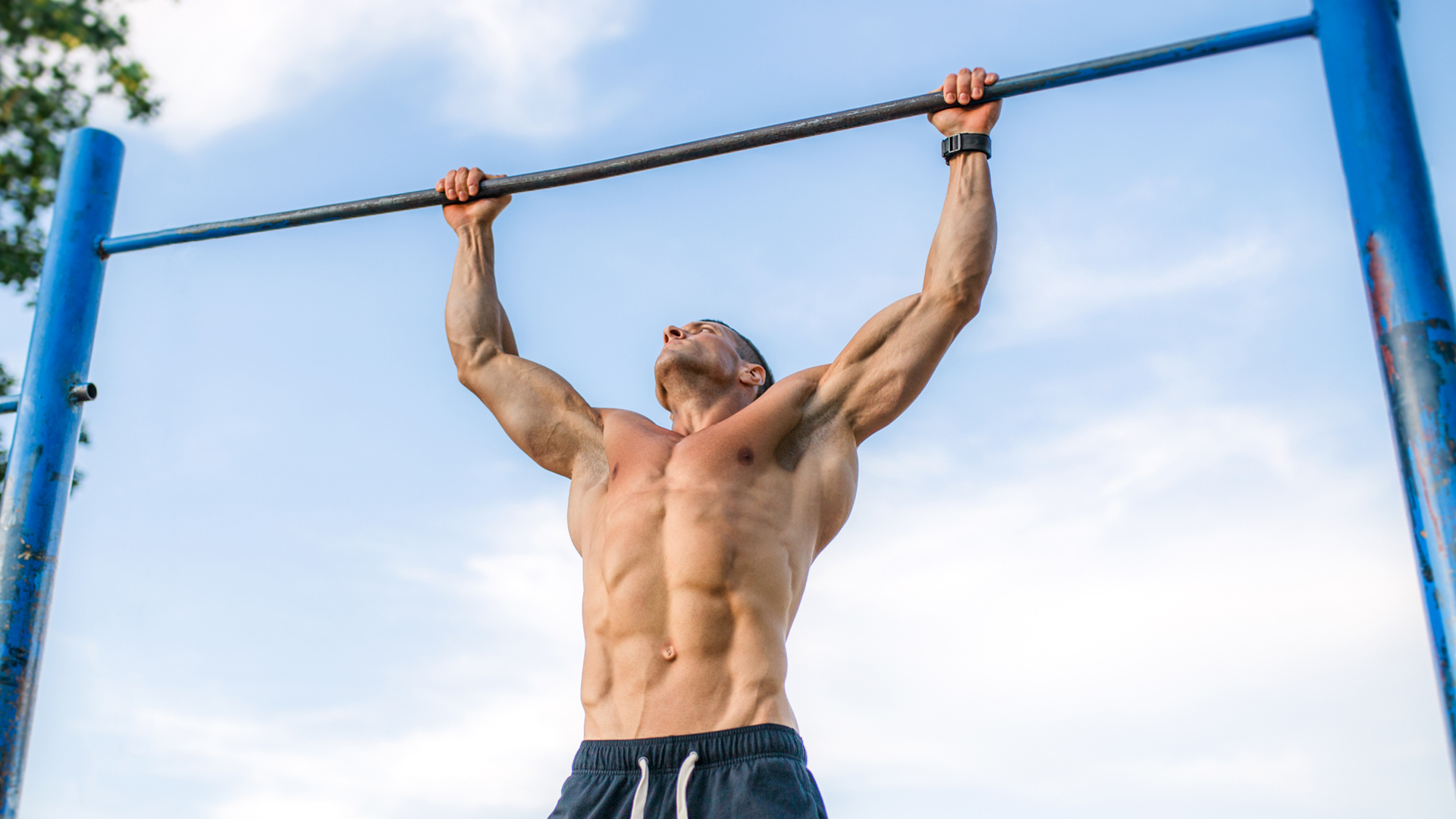
 Build big arms and back muscles with this 5-minute pull up workout for beginners
Build big arms and back muscles with this 5-minute pull up workout for beginnersStruggling to get started with pull-ups? This fast workout will help you build strength (and arm/back size)
By Matt Kollat